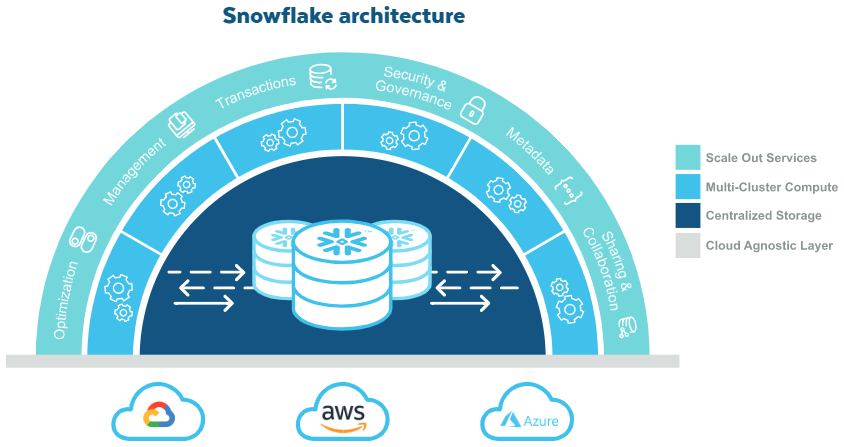In cloud data management, selecting the appropriate Snowflake warehouse size is critical for organizations aiming to optimize their data operations. This article explores the importance of size optimizations within Snowflake warehouses, highlighting key considerations and strategies for maximizing performance and efficiency. Organizations can channel their data management processes and achieve optimal outcomes by shedding light on essential considerations and effective strategies.
Understanding Snowflake Warehouse Sizes
Snowflake offers a range of warehouse sizes, each designed to accommodate varying data workloads and usage scenarios. From X-Small to 4X-Large, organizations must carefully assess their data processing requirements and select the most suitable warehouse size to meet their needs. Organizations should consider data volume, query complexity, and concurrency levels when evaluating warehouse sizes. Larger warehouse sizes offer increased computational power but come with higher costs. Conversely, smaller warehouse sizes may suffice for less demanding workloads but could result in performance limitations during peak usage. Therefore, a thorough analysis of workload characteristics is essential for making informed decisions.
Factors Influencing Warehouse Size Optimizations
Data Volume and Complexity
The volume and complexity of processed data play a significant role in determining the optimal warehouse size. Large datasets or complex analytical queries may require larger warehouse sizes for efficient processing and performance. Additionally, organizations must consider factors such as data growth projections and the potential for future scalability when determining the optimal warehouse size. Organizations can make more effective decisions about their warehouse size allocations by anticipating future data requirements and scalability needs.
Concurrency and Workload Patterns
Concurrency, referring to the number of simultaneous users or queries, is another crucial factor in warehouse-size optimization. High concurrency environments may necessitate larger warehouse sizes to handle multiple queries concurrently without compromising performance.
Cost Considerations
Larger warehouse sizes offer increased computational power and performance but cost more. Organizations must balance performance requirements and budget constraints when selecting the optimal warehouse size.
Strategies for Size Optimizations
Performance Testing and Benchmarking
Before deciding on a warehouse size, organizations should conduct thorough performance testing and benchmarking to evaluate the performance of different warehouse sizes under varying workloads. This enables organizations to identify the most suitable and cost-effective option for their use case.
Scalability and Flexibility
Opting for a scalable warehouse size allows organizations to adapt to changing data processing needs over time. Choosing a warehouse size that can quickly scale up or down based on demand ensures flexibility and cost-effectiveness in the long run.
Utilization Monitoring and Optimization
Continuous monitoring of warehouse utilization metrics is essential for identifying opportunities for optimization. By analyzing resource utilization patterns and query performance, organizations can fine-tune warehouse configurations and optimize resource allocation to maximize efficiency.
Conclusion
Making size optimizations within Snowflake warehouses is crucial for organizations seeking to enhance performance, efficiency, and cost-effectiveness in their data operations. By carefully considering data volume, concurrency, and cost and implementing strategies for performance testing, scalability, and utilization monitoring, organizations can select the optimal warehouse size and unlock the full potential of Snowflake’s powerful data management capabilities.
Furthermore, continuous monitoring and fine-tuning of warehouse configurations based on usage patterns and performance metrics enable organizations to adapt to evolving data needs effectively. This proactive approach ensures that organizations can leverage Snowflake’s capabilities to their fullest extent while maintaining efficiency and cost-effectiveness.
